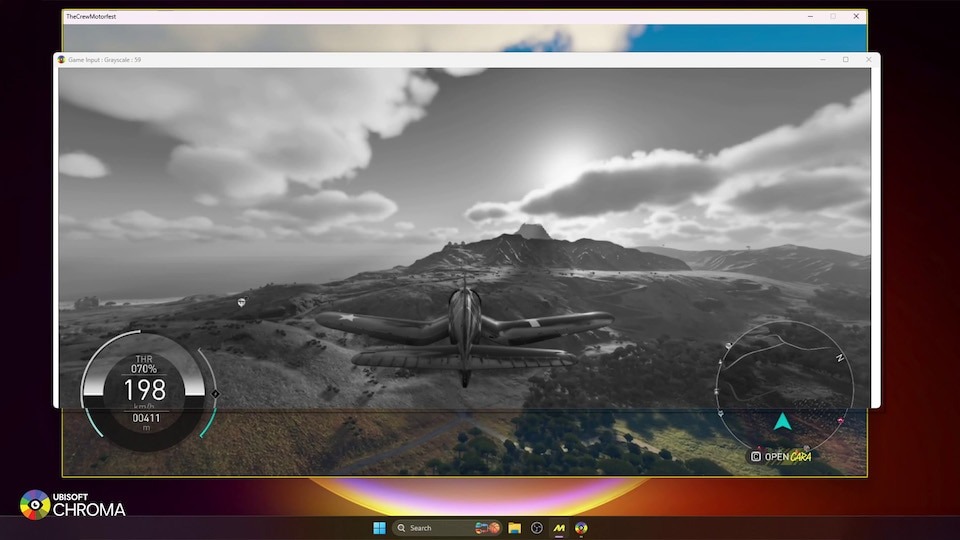Dell XPS 15 9520 FHD+ vs. UHD+: Which should you buy?
What you need to know about the Dell XPS 15's different display options.
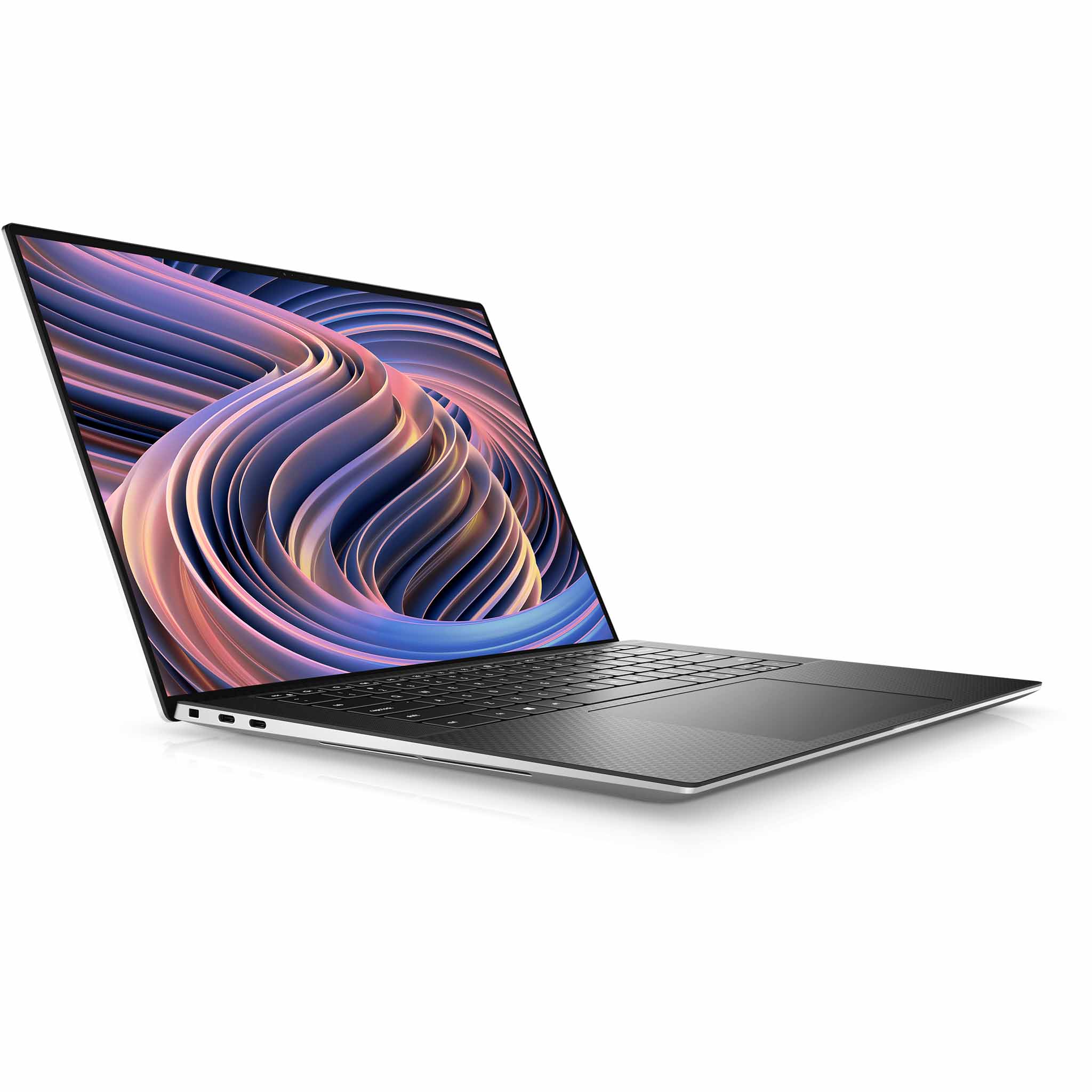
More affordable
The 1920x1200 (FHD+) models of the XPS 15 9520 start at a considerably cheaper price, but you're still going to get an outstanding PC experience thanks to a quality build, longer battery life, and the NVIDIA RTX 3050 or 3050 Ti graphics card (GPU) that will fare well when gaming. However, there's no touch function and it doesn't have the same "wow" factor as the higher-res models.
For
- Cheaper starting price
- Longer battery life
- 16:10 aspect ratio
- Dolby Vision HDR support
- Up to 500 nits brightness
Against
- No touch function
- No anti-reflective coating
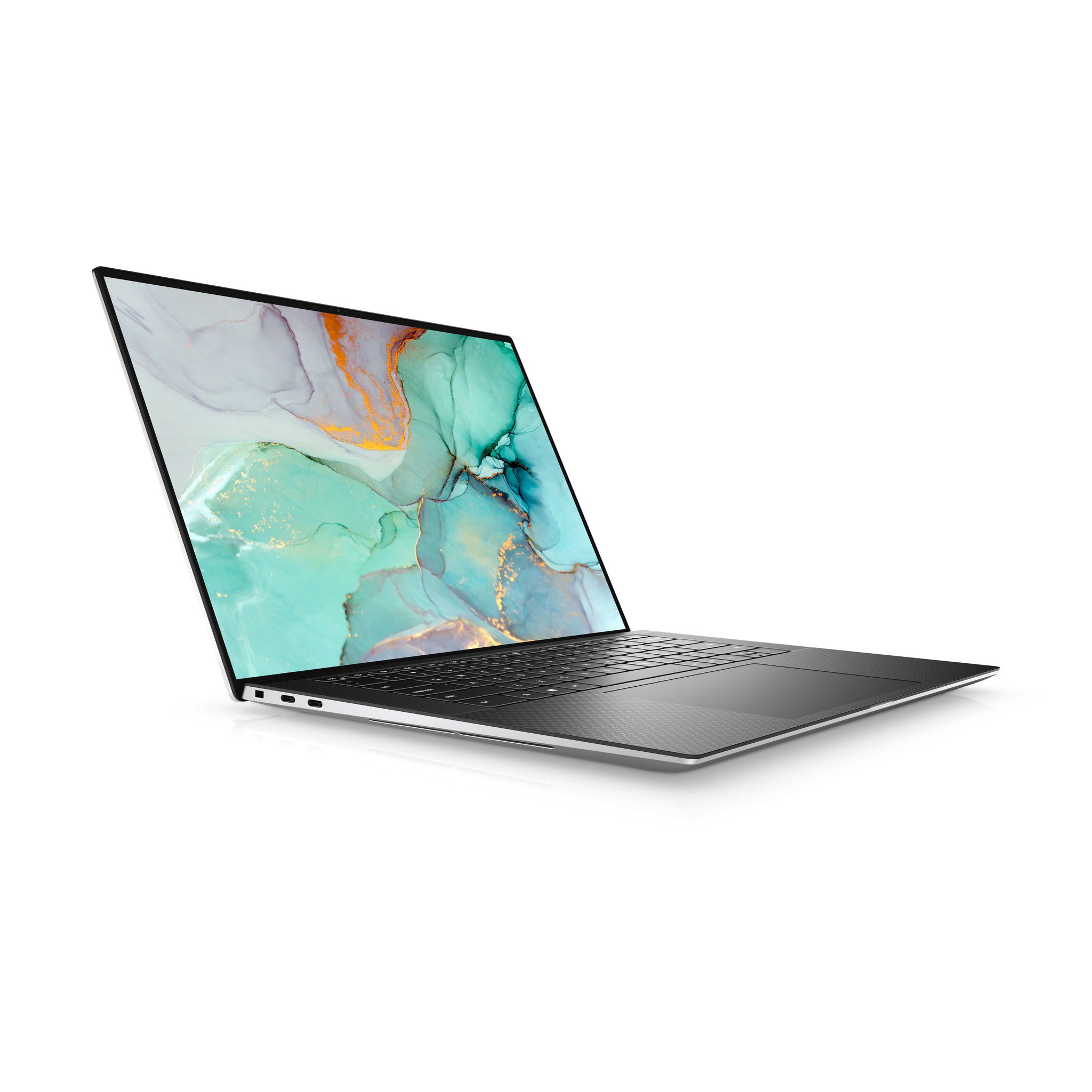
Stunning clarity
You will ultimately pay more for a 3840x2400 (UHD+) display in the XPS 15 9520, but those who crave the extra pixels and precise AdobeRGB and DCI-P3 color reproduction will find that it's worth the money. However, keep in mind that battery life will take a hit, and that models with the UHD+ display will also be slightly heavier than the FHD+ versions.
For
- Precise AdobeRGB and DCI-P3 color
- 16:10 aspect ratio
- VESA DisplayHDR 400 certified
- Up to 500 nits brightness
- Anti-reflective coating
Against
- More expensive than FHD+ version
- Reduced battery life
Comparing the Dell XPS 15 9520 FHD+ model against the UHD+ model no longer tells the whole story because the XPS 15 9520 also has a third display option: a 3.5K OLED screen. It hits about 400 nits of brightness, has an anti-reflective finish, and it's touch-enabled.
However, no matter which display you choose, it's built into a chassis with the same dimensions, ports, and features. Note that some lower-end hardware is only available with the FHD+ display as part of Dell's configuration setup. Regardless, you'll still get an incredible laptop that makes the cut in our roundup of the overall best Windows laptops options. It also takes the crown for best 15-inch laptop available right now.
Dell XPS 15 9520 FHD+ vs. UHD+: Price and availability
Why you can trust Windows Central
Currently, all versions of the Dell XPS 15 9520 are primarily sold on Dell's official website, though you can find a few configurations on Walmart's storefront as well. In the future, we expect that the laptop will also be available from other retailers like Amazon and Best Buy.
Note that the price of each configuration will likely vary depending on which retailer you're looking to buy from, though the general price differences between all three display options will undoubtedly remain similar.
Dell XPS 15 9520 FHD+ vs. UHD+: Comparing displays
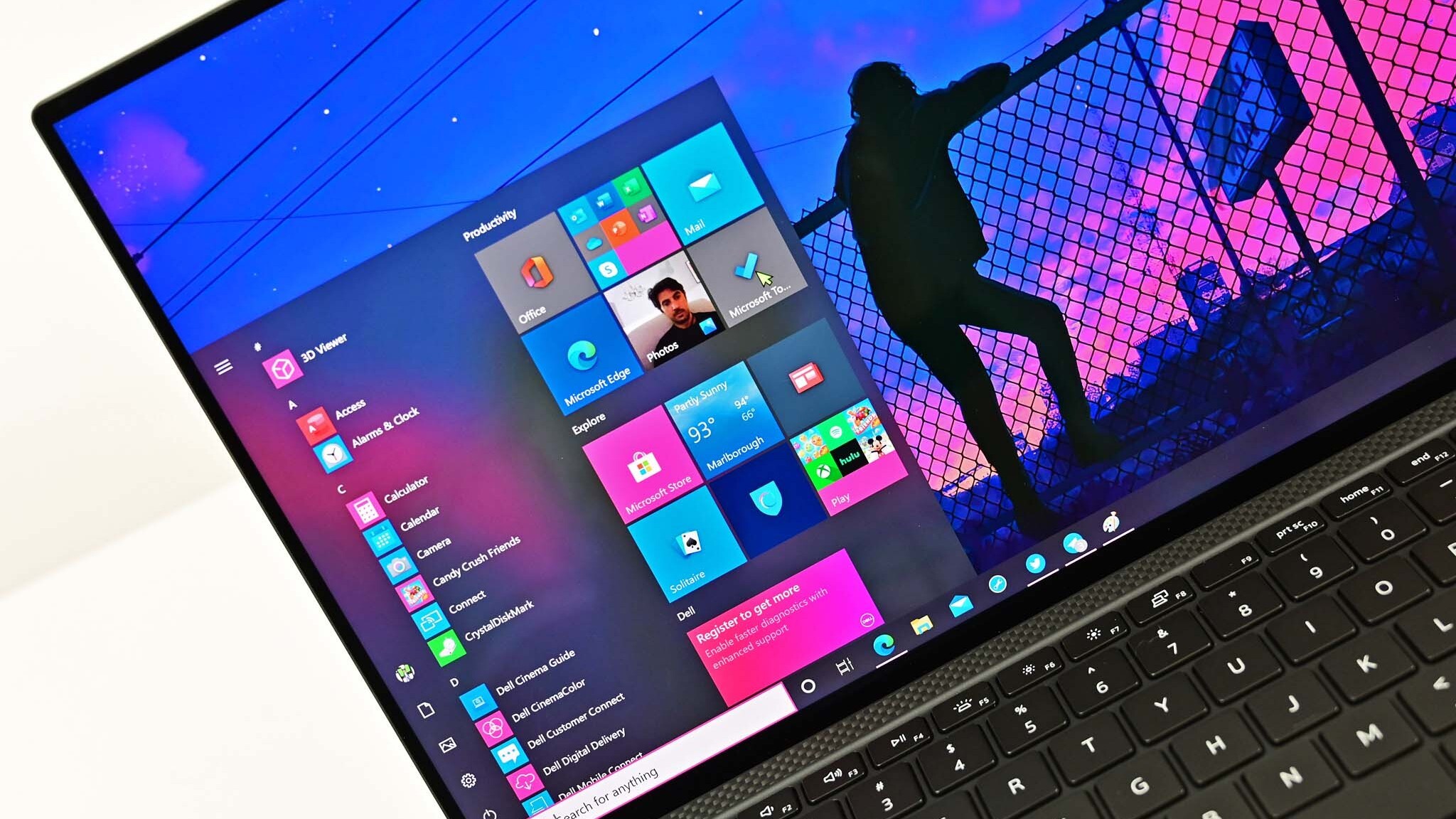
The cutting-edge 9520 version of the Dell XPS 15 has either FHD+, 3.5K OLED, or UHD+ display options to choose from. (The "+" comes from the added pixels due to the 16:10 aspect ratio that expands the display for a taller look.) While the three displays are the exact same size, they differ significantly.
The FHD+ model will help land you the lowest possible price on an XPS 15, and it's still a respectable IGZO display with 100% sRGB color reproduction and up to 500 nits brightness. It can also handle HDR content thanks to Dolby Vision. Battery draw is considerably less than the UHD+ model, which is important if you like leaving the AC adapter behind when you leave your home or office.
However, the FHD+ option is non-touch and has an anti-glare layer rather than anti-reflective. The 500 nits of brightness should help solve the issue of intense light making it more difficult to see what's on screen.
| Header Cell - Column 0 | XPS 15 (FHD+) | XPS 15 (3.5K OLED) | XPS 15 (UHD+) |
|---|---|---|---|
| Display size | 15.6 inches | 15.6 inches | 15.6 inches |
| Resolution | 1920x1200 | 3456x2160 | 3840x2400 |
| PPI | 145 | 261 | 290 |
| Brightness | 500 nits | 400 nits | 500 nits |
| Color | 100% sRGB | 100% DCI-P3 | 100% AdobeRGB, 94% DCI-P3 |
| Refresh rate | 60Hz | 60Hz | 60Hz |
| Power draw | 4.41W | 12.13W | 10.4W |
| Touch | No | Yes | Yes |
| Finish | Anti-glare | Anti-reflective | Anti-reflective |
If you opt for the dedicated NVIDIA RTX 3050 or 3050 Ti GPU for some gaming, it will perform much better and offer higher framerates at a lower resolution. If you're not buying the XPS 15 for any specialized work — design, development, or heavy editing — you should find that the FHD+ model checks all the boxes unless you just want more pixels or touch functionality.
The UHD+ touch display comes in one flavor this time around, but it'll be idea for those who'll use it for editing or design work. The IGZO display also has a 16:10 aspect ratio, and it comes with 100% AdobeRGB and 94% DCI-P3 color reproduction. It will use more battery than the FHD+ model due to more pixels and touch functionality, but that's a trade-off you'll have to live with to enjoy the beauty of 4K resolution.
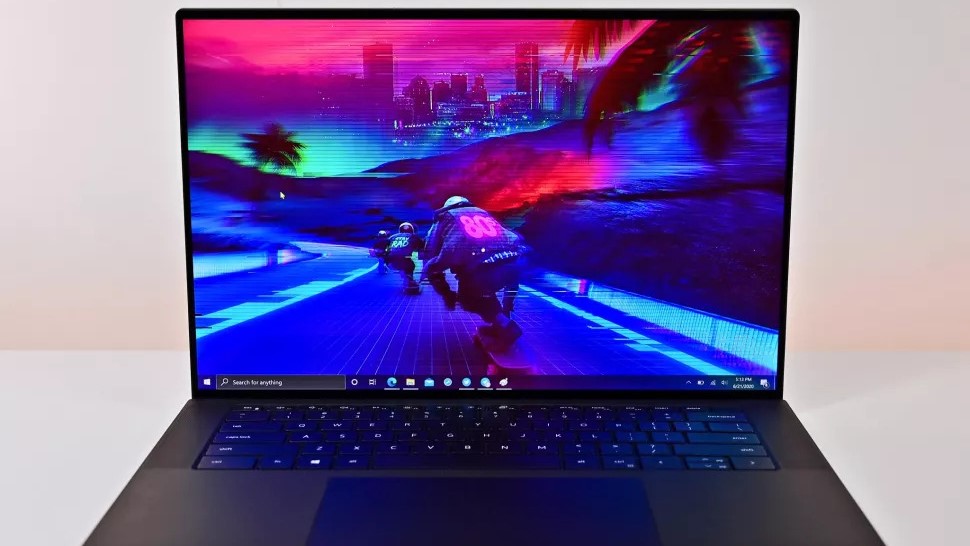
The UHD+ option has an anti-reflective layer to better combat glare, and it's VESA-certified DisplayHDR 400. Like the FHD+ model, the higher-res display can hit 500 nits brightness. An XPS 15 with UHD+ display will weigh a bit more, but not anything too noticeable.
Dell has also introduced a 3.5K OLED display option to the XPS 15 9520. It doesn't have quite the same pixel density as the UHD+ version, but its richer colors (and 100% DCI-P3 reproduction), DisplayHDR 500 capabilities, and deep contrast make it a great choice for professionals. It's also finished with an anti-reflective layer and can hit 400 nits brightness. It's less taxing on the battery life, though it will still use more power than the FHD+ panel.
Dell XPS 15 9520 FHD+ vs. UHD+: Comparing hardware options

Performance hardware differs depending on the display you go with, and if you don't need the added power from a dedicated graphics card (GPU), the FHD+ model will be quite a bit cheaper. Note that Windows 11 is available from the factory for all models, so you don't need to worry about upgrading from Windows 10.
You can configure an XPS 15 with FHD+ display to have all the most powerful hardware, including a 12th Gen Intel Core i9-12900HK processor (CPU), 64GB of DDR5-4800MHz RAM, NVIDIA RTX 3050 Ti Laptop dedicated GPU, and 2TB of M.2 PCIe solid-state drive (SSD) storage. You can also go as low as an Intel Core i5-12500H CPU, 512GB M.2 PCIe SSD, 8GB of RAM, and integrated Intel UHD Graphics. The low-end model comes with a smaller 56Wh battery due to the lack of a dedicated GPU.
Ultimate performance is available no matter the display you choose, but the jump in price from FHD+ to the other displays is more noticeable.
The 3.5K OLED option is also without options for integrated graphics, Core i5 CPU, and the baseline 8GB RAM, making it considerably more expensive than the standard FHD+ models. All the high-end specs, including Core i9 CPU and RTX 3050 Ti Laptop GPU, are available with this display.
In the end, ultimate performance is available no matter the display, but the jump in price from FHD+ to the other displays is more noticeable due to the lack of baseline hardware options. Our collection of the best Dell laptops has more hardware to peruse if you don't need a 15-inch device. In terms of premium XPS devices, our XPS 13 vs. XPS 15 vs. XPS 17 comparison breaks down the similarities and differences across sizes.
Bottom line: The FHD+ XPS 15 is a lot of laptop for most people
If you'd like to save money at checkout and still get high-end performance hardware in your XPS 15, the FHD+ display model is quite attractive. You can even get it with some lower-end hardware for even further savings. Though you won't have a touch function, you will get extra battery life and an excellent picture. The NVIDIA RTX 3050 and 3050 Ti Laptop GPUs, if included, will perform much better when gaming in FHD+.

The best pick for most
The FHD+ XPS 15 is available at a cheaper starting price, you can get the same powerful hardware inside (great for gaming), you'll get longer battery life, and it's a bit lighter. As long as you don't plan on a lot of professional design, development, or editing work, it should make a great choice.
The 3.5K OLED XPS 15 is better for professionals
Pros who need precise DCI-P3 color reproduction, deep contrast, and DisplayHDR 500 certification will want to check out the XPS 15's OLED display option. While it's still not as sharp as full UHD+, it has deeper colors and contrast. It also still delivers touch functionality and an anti-reflective coating.
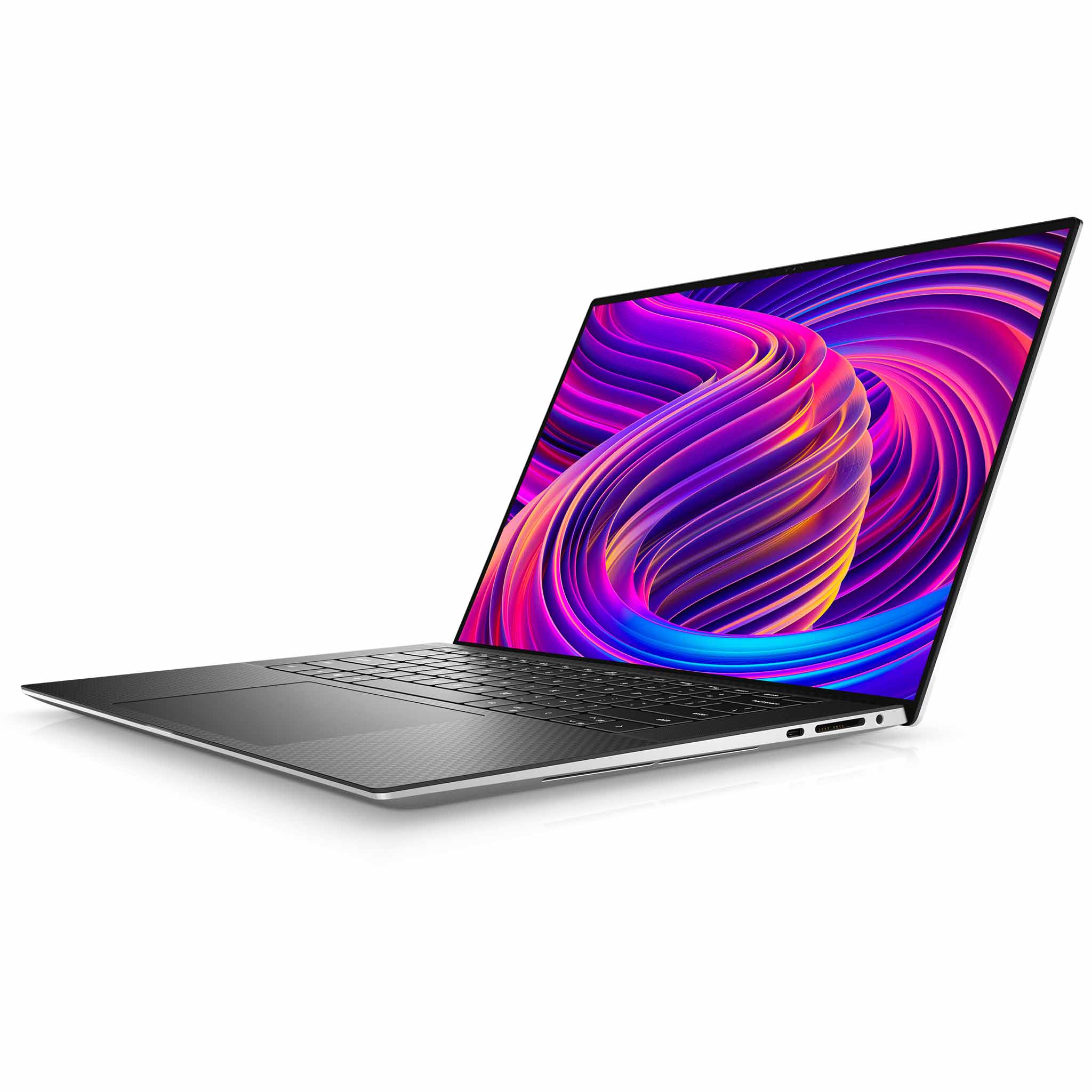
For those who want a bit more
With touch, anti-reflective coating, deep contrast, and precise color, the 3.5K OLED version of the XPS 15 is a great option for those that want something less taxing on battery life than UHD+, but sharper than FHD+.
The UHD+ XPS 15 is better for power users
Video and photo editors can undoubtedly take advantage of the extras the UHD+ XPS 15 models have to offer, but know that it's also a great all-around laptop for anyone who appreciates a high-res display. Once you go 4K, it's hard to go back to anything else.

The best for professionals
UHD+ XPS 15 models, like 3.5K OLED ones, ultimately cost more than FHD+ configurations. They have less battery life, but if you need a touch display, brilliant contrast, or precise color reproduction in AdobeRGB, going with UHD+ makes sense.
Get the Windows Central Newsletter
All the latest news, reviews, and guides for Windows and Xbox diehards.

Cale Hunt brings to Windows Central more than eight years of experience writing about laptops, PCs, accessories, games, and beyond. If it runs Windows or in some way complements the hardware, there’s a good chance he knows about it, has written about it, or is already busy testing it.
